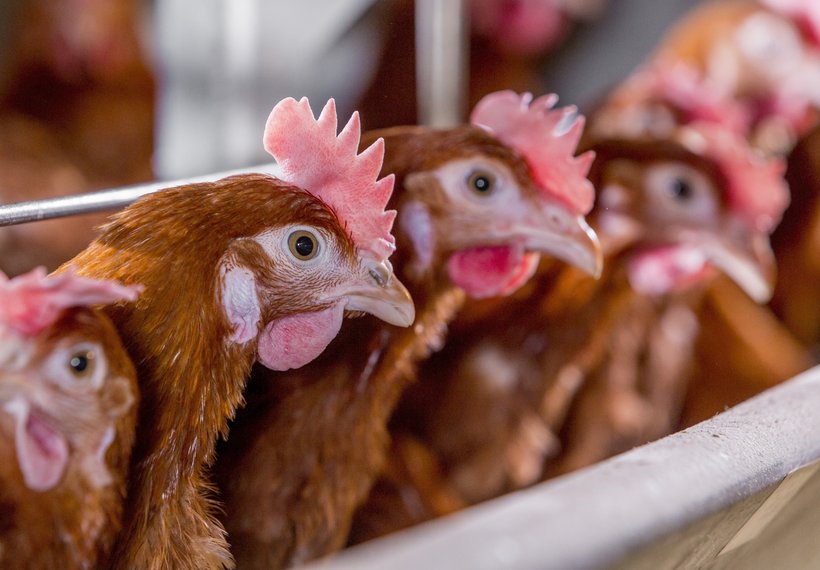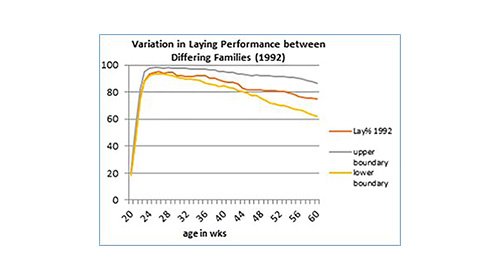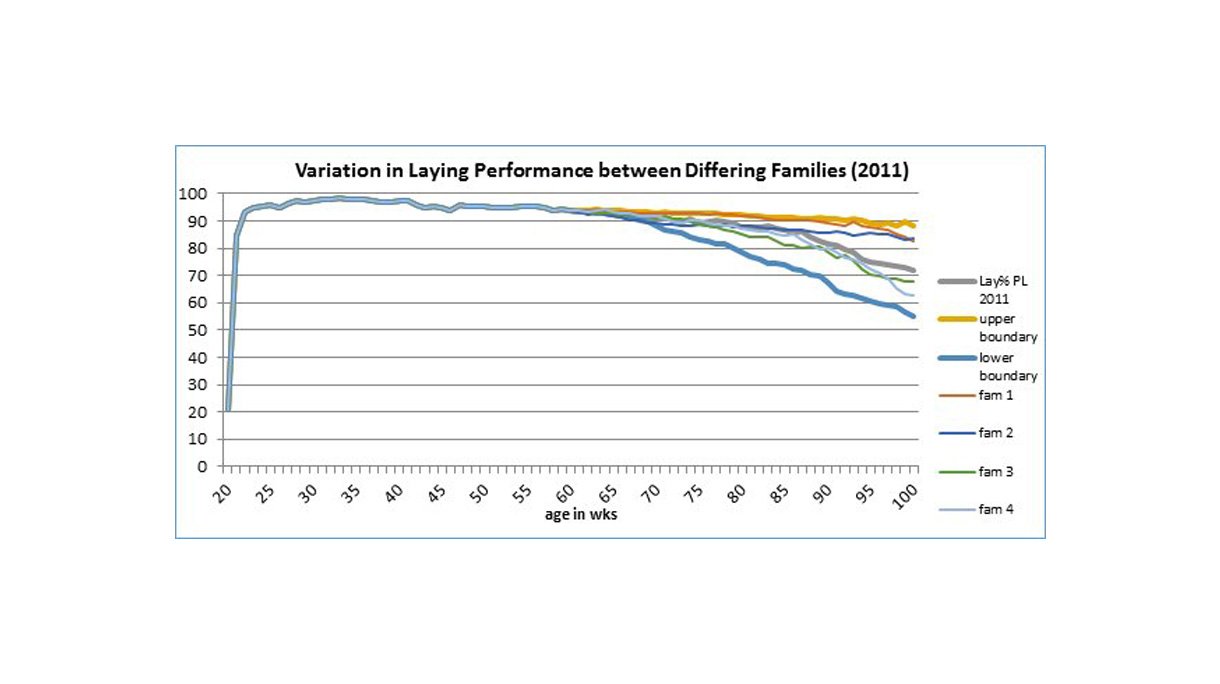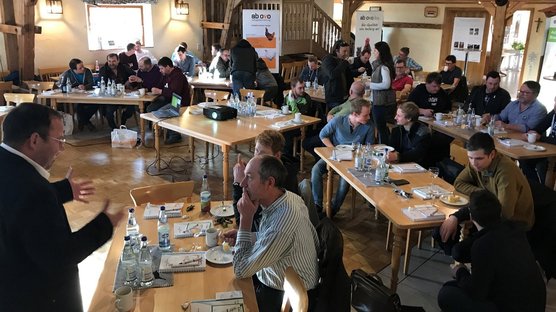
Published on July 24, 2017
Progress in Extended Testing and Performance Standards
Our mission to breed layers capable of producing 500 first quality eggs per hen housed has been a guiding principle at Hendrix Genetics Layers. Because of the extended production cycle adopted in the pure lines and field testing, this goal has already become a reality for egg producers.
In the field of animal breeding, the genetic selections and the direction of the breeding program must be carefully considered. This is because the resulting changes in the offspring of our pure lines are not expressed in the commercial stock until about four years after implementation, and these choices can have a major impact on the breeds available to the entire industry. Our breeding department is wholly focused on understanding the needs of egg producers and future requirements of the industry. Careful planning, forethought, and collaboration with all parties is important when making choices in the genetic program to add value for producers all the way down the value chain.
As shown in many past communications, the prolonged laying cycle implemented in the Hendrix Genetics Layers breeding program in 2008 is the reason behind performance results and increased egg production numbers. Almost 10 years later, it is important to review the reasons behind the change in direction and measure the results. Why was change made? What were the immediate effects of this direction, and where do the results stand at this point in time? Finally, what does this mean for producers?
Why did we make this change?
In 2008, a change was made in the Hendrix Genetics Layer breeding department to move the pure line data collection to 100 weeks of age. Previously, the birds were tested up until 80 weeks. This decision was made because of a few but very important factors:
- The variation in production between the families was decreasing: maintaining variation is crucial in pure lines because this ensures we can continue to make improvements in multiple traits over time
- It was determined that overall egg laying persistence, egg quality and livability traits in the birds needed to be emphasized, including resistance to disease, feather cover and pecking behavior. It was found that we could gain additional information on these traits analyzing more data between 80 and 100 weeks in Pure Lines and field tests
- By measuring performance up till 100 weeks, we could select the birds that could be kept in production longer by customers.
What were the effects?
After moving to 100 weeks, it was clear that the variation between families increased again towards the end of the cycle, giving greater opportunity for future improvement and the opportunity to select the best males and females for each brand. As can be seen in the graphs below, genetic variation was first reduced from 1992 towards 2008 when moving to 100 weeks of age the genetic variation was increased again to 35% in the prolonged cycle. Since Hendrix Genetics was the only breeding company in the field doing this type of extended testing, we predicted that this differentiation of extended performance in our future products would fulfill a need for our customers in years to come.



Where are we now?
It has now been almost 10 years since testing was extended in the pure lines. What results can we measure from this change? The effects in performance can be seen in our recurrent test results, in the field with customers and in independent Random Sample Tests all over the world. Most importantly, the release of the new performance standards reflects these results.
What does this mean for producers in the value chain?
Within a producer’s operations, they need to be certain of the expected performance for their chosen product. Many variables are at play to ensure success, including the need for excellent management skills. When all the right factors are in place, the genetics can be expressed at an optimum level.
Most important to producers is that thanks to the extension in testing, leading to extended laying and increased egg production numbers, they can expect to see enhanced performance in their flocks.
As the industry and the field of genetics progresses, Hendrix Genetics will continue to invest in R&D and new technologies in order to get the best performance possible from our breeds. With the same forward thinking that shaped the breeding department in 2008, the underlying goal is to continue to break new ground in adding value for the industry and egg producers worldwide.



